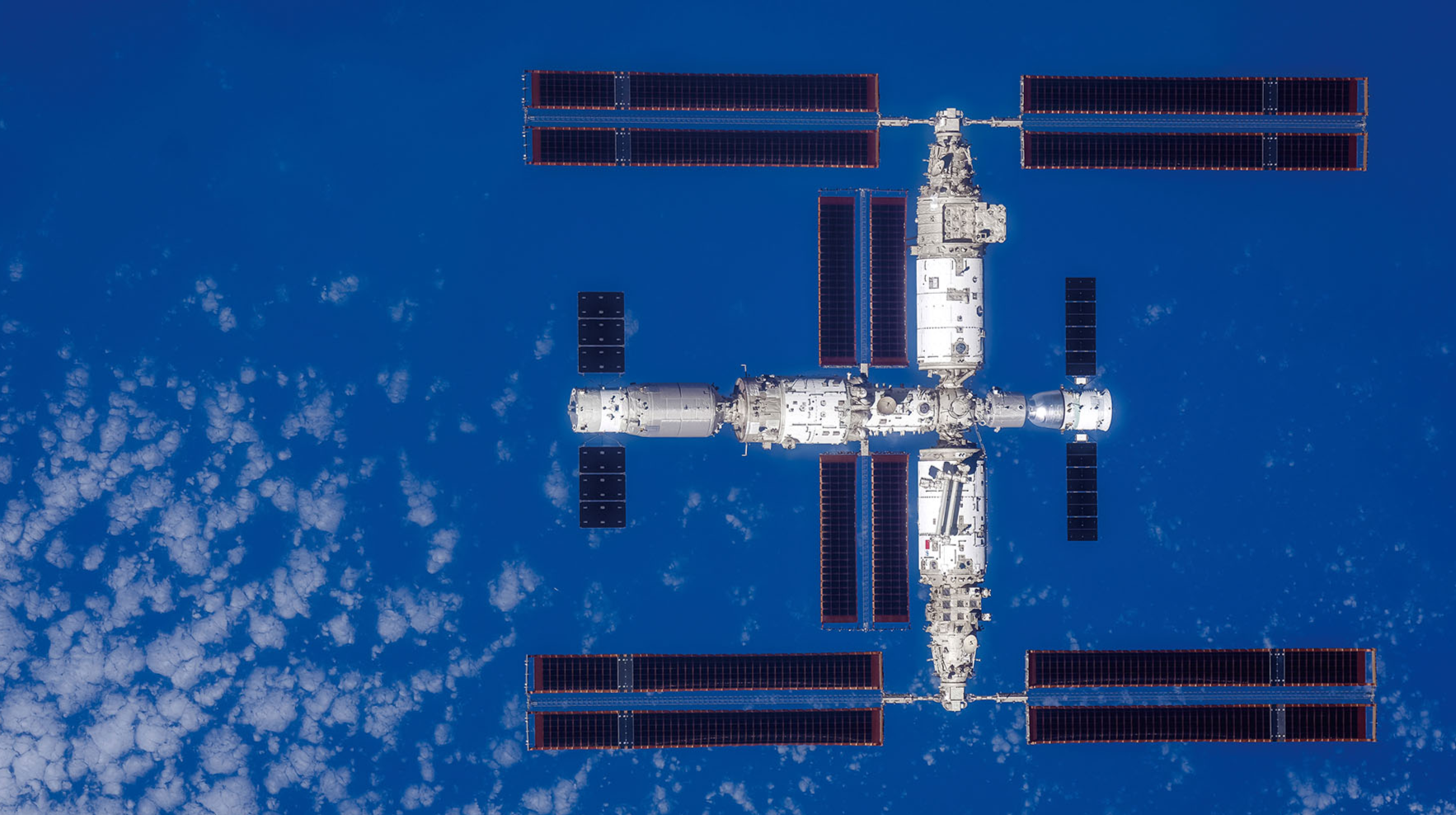
BEIJING - The latest samples from 25 scientific experiments conducted aboard China's Tiangong space station, totaling approximately 37.25 kilograms, were brought back to Earth on Wednesday.
Marking the eighth batch of experimental materials from the orbiting laboratory, the samples were brought back to Earth aboard the Shenzhou XIX return capsule. According to a news release from the Chinese Academy of Sciences (CAS) on Thursday, the returned materials originated from experiments in space life sciences, materials science and new space technologies.
The time-sensitive samples from the space life science experiments were swiftly transported from the landing site to Beijing. At around 9:40 pm on Wednesday, following inspection by the Technology and Engineering Center for Space Utilization under the CAS, the samples were handed over to scientists for further research.
READ MORE: Scientific samples from China's space station return to Earth
The biological samples comprise 20 different types, the largest variety ever returned during the operational phase of the space station. They include bone cells, human stem cells, bronchial epithelial cells, human and animal embryos, protein samples, and fruit flies, according to the CAS.
Researchers will analyze these samples to explore key questions, such as the cellular mechanisms behind bone loss in space, the impact of microgravity on the growth and maintenance of human stem cells, and the role of space radiation in cancer development.
Studies will also explore how the space environment affects early mammalian embryonic development and alters protein structure-function relationships in microgravity. Additional experiments involving fruit flies will investigate their adaptation to the unique conditions of space.
The findings are expected to offer crucial data and theoretical support for safeguarding human health during space missions, while also potentially contributing valuable insights to medical research on Earth.
Materials science samples, including tungsten alloys, high-strength steel, specialized crystals, semiconductor materials, lunar soil reinforcement compounds and novel lubricants, are scheduled to be transported to Beijing later.
READ MORE: Scientific samples from Tiangong space station return to Earth
This research also aims to support the development of next-generation materials for a range of advanced applications -- including jet engine components, deep-ultraviolet lithography, lunar construction, large deployable space structures such as flexible solar arrays, and durable space lubricants -- all of which are vital for future deep-space exploration, according to the CAS.


